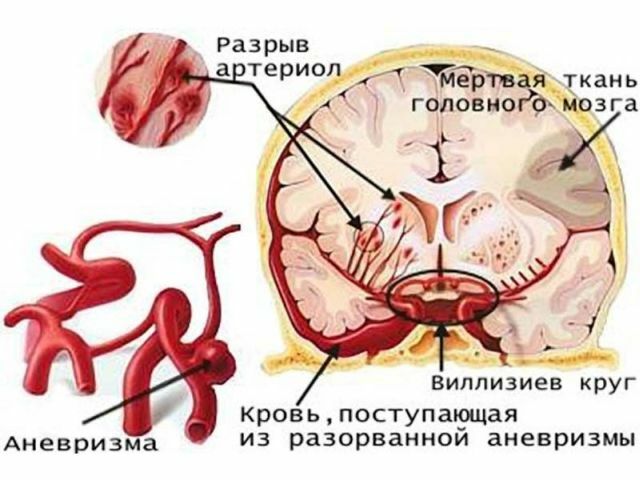The author - Chuklin Olga, general practitioner, internist. Work experience since 2003.
Umbilical hernia is called a diverticulum of the abdominal cavity through the abdominal wall under the skin in the area of the navel. This pathology occurs in about 5-10% of people, mostly women.
Umbilical hernias are:
- disadvantaged;
- neuschemlennye.
Causes of adults
In the formation of umbilical hernia plays the role of a defect in the structure of the umbilical ring, genetic predisposition and the presence of factors that contribute to the formation of herniation.
Impact factors causes an increase in abdominal pressure, hyperextension tissue of the anterior abdominal wall.
Here are the most common factors:
- obesity;
- chronic constipation;
- lifting heavy objects;
- pregnancy;
- muscle weakness in the abdominal wall postpartum;
- postoperative scars;
- sedentary lifestyle, contributing to the development of weakness of the abdominal wall;
- abdominal trauma;
- dramatic weight loss.
Manifestations of umbilical hernia

The main symptom of the disease is the presence of herniation in the navel.
Umbilical hernia develops gradually. Thus, in the initial stage it is fixed protrusion of small dimensions that is easy to reduce a and disappears in a horizontal position.
Hernia at this stage, the patient hardly notices hernial protrusion not cause any sensations.
In the initial stages of umbilical hernia in most cases, are not prejudiced.
As the disease progresses the size of the umbilical hernia increase, not reduce a hernia due to the development of adhesive processes. Patients have clinical symptoms as pain at first during exercise, straining, movement, coughing, sneezing.
At larger sizes hernial protrusion having symptoms associated with impaired intestinal activity:
- nausea;
- constipation;
- urinary retention.
Signs of infringement of an umbilical hernia
With the development of infringement of an umbilical hernia (compression of the abdominal cavity in the hernial ring), the following symptoms occur in the patient:
- sharp pain in the navel;
- hernial protrusion tense, painful;
- nausea, vomiting;
- constipation.
With long-term compression of the body in the hernial ring develops death of tissue.
Diagnostics
If you suspect that an umbilical hernia in a patient should consult a surgeon.
After the examination, the doctor may already suspect this pathology on the typical clinical manifestations.
The following methods of inspection are also conducted:
- X-ray examination of the stomach and duodenum;
- ultrasonography of the abdominal cavity;
- CT scan the abdomen;
- ezofagogastroduodenoskopicheskoe study (EGD);
- herniography (with the introduction into the abdominal cavity of a radiopaque substance).
In most cases, difficulties in the formulation of diagnosis does not arise.
Treatment of umbilical hernia
Treatment of umbilical hernia in adults is carried out only by surgery.
When detected in adult patients with umbilical hernia it is assigned a scheduled surgery.
If a patient develops infringement of an umbilical hernia, then he held an emergency surgical treatment.
There are two types of surgery:
- tension hernia repair;
- pull hernioplastics.
Kind of surgical treatment is determined by a surgeon, it depends on the size of the umbilical hernia and features of the disease.
Tension hernia repair is that the patient is being strengthened umbilical ring own tissues, for that pull them. Usually the period of rehabilitation after this treatment takes about one year.
Pull hernioplastics is that the strengthening of the umbilical ring is carried out using synthetic mesh. The advantage of this method is that the rehabilitation period is about one month.
Surgical treatment should be carried out as soon as possible after the discovery of an umbilical hernia.

Important! Conservative treatment umbilical hernia a wearing band used only in exceptional cases, since jamming of hernias can occur at any time:
- contraindications to surgery, in order to prevent the development of complications;
- during the later stages of pregnancy;
- after surgery on the abdominal wall.
complications
The major complications of umbilical hernia are as follows:
- infringement;
- coprostasia (ileus);
- inflammation of organs in the hernial sac.
prevention
To prevent the development of an umbilical hernia should be avoided:
- overweight;
- sedentary lifestyle;
- poor nutrition;
- heavy physical exertion.
Also contributes to the prevention of umbilical hernias:
- wearing a brace during pregnancy;
- regular exercise to strengthen the muscles of the abdominal wall;
- balanced diet;
- maintaining a normal body weight.



